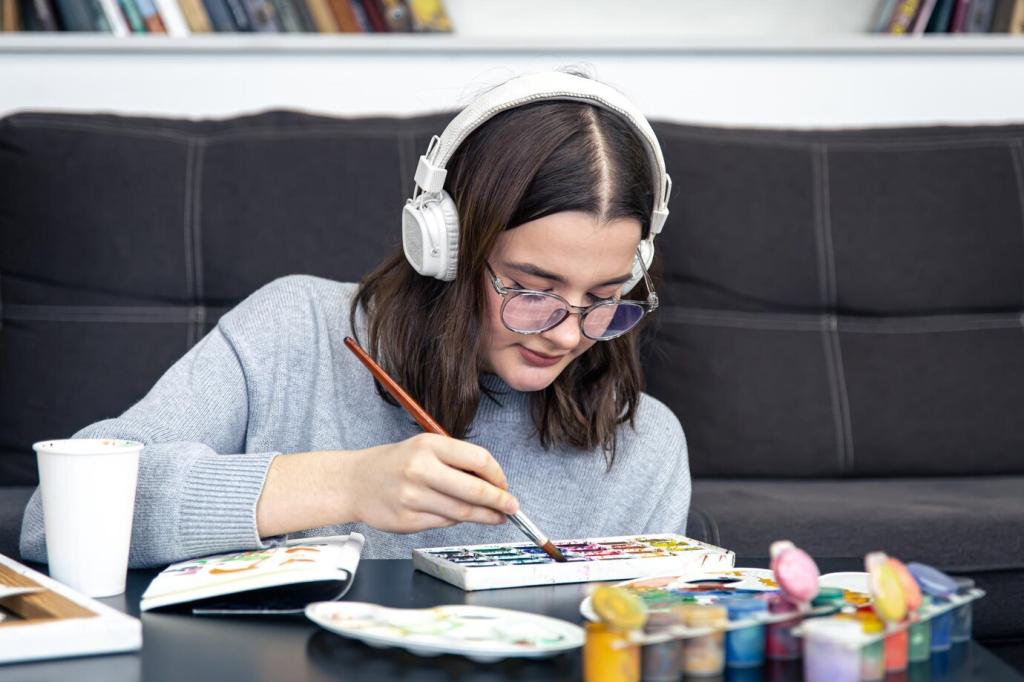Health, Mood, and Circadian Rhythm Outdoors
Cooler tones can feel crisp yet overstimulating at night, while warmer light encourages relaxation and social connection. In Mastering Light in Urban Spaces, evening scenes shift toward amber hues, reducing blue content that disrupts sleep. What nighttime color makes your plaza feel welcoming? Share your preference, and follow for spectral tuning tips backed by research.
Health, Mood, and Circadian Rhythm Outdoors
Dynamic schedules brighten nodes during peak transit, gently dim for late strolls, and soften around schools at dismissal. Context-aware controls reflect cultural calendars and local habits. The goal is supportive, not monotonous, light. How could your neighborhood lighting follow daily rituals? Comment with observations and subscribe for a scheduling starter pack.
Health, Mood, and Circadian Rhythm Outdoors
Restful nooks counterbalance bright boulevards, offering star glimpses and sensory relief. Trees, pergolas, and low, warm markers define edges without flooding space. Darkness becomes a resource, not a void. Where do you retreat at night to exhale? Share your haven, and follow to learn how micro-darkness supports healthy urban ecosystems and minds.


